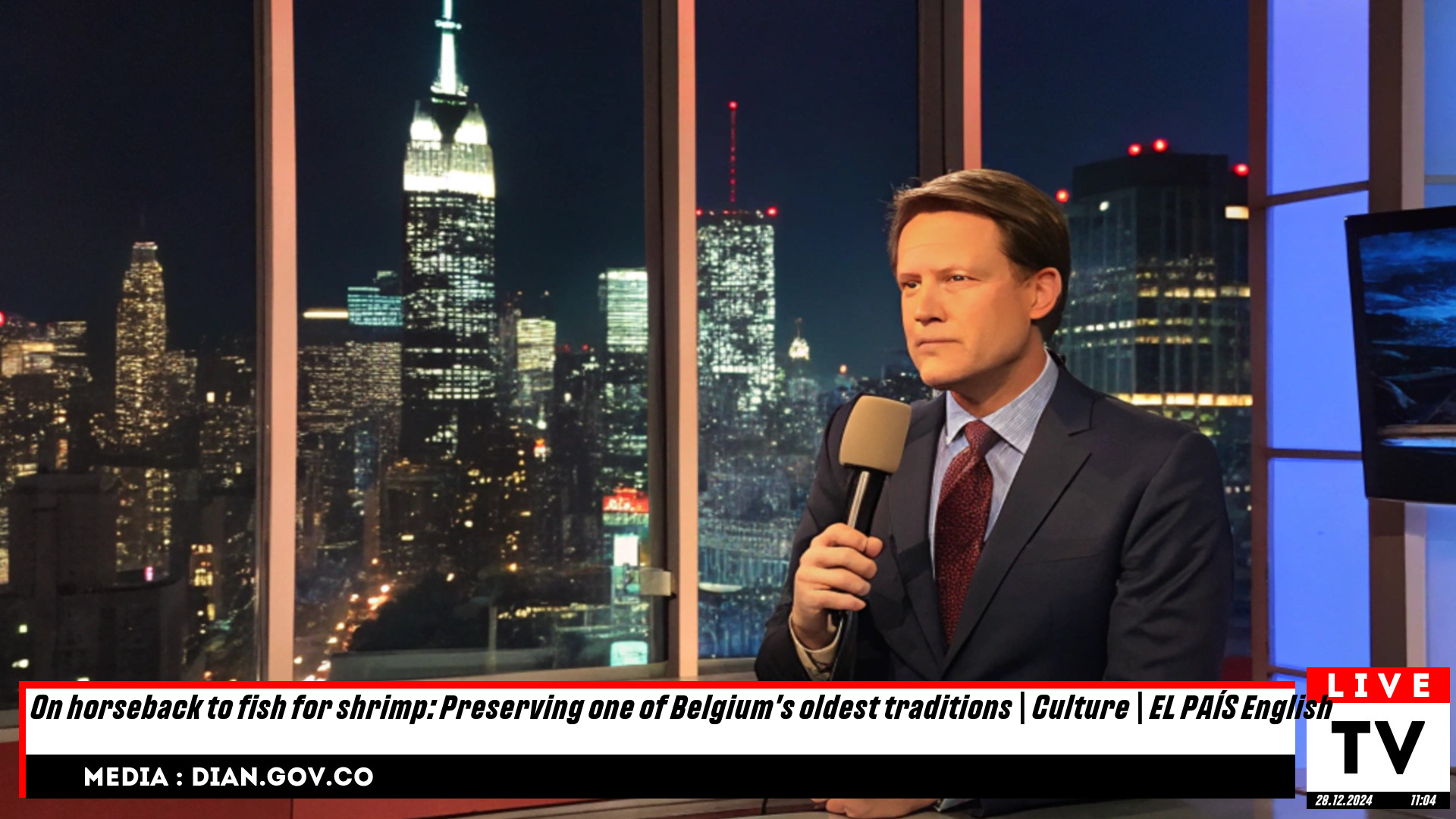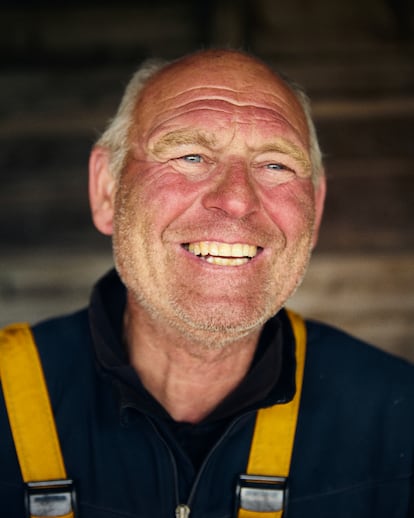"Cabalgando hacia la tradición: La pesca de camarones revive en Bélgica" | Cultura | EL PAÍS English

La imagen del pescador Stefaan Hancke montando a su yegua Dina, mientras esta esquiva las primeras olas con las patas en alto, forzadas por el esfuerzo de arrastrar las redes de pesca a lo largo de la arena, sostiene una cadena que vibra para que los camarones salten y queden atrapados, tirando de un peso total de aproximadamente 3,000 kilos (6,600 lb), avanzando paralela a la costa con el agua hasta el pecho del animal, es una escena que queda grabada en la memoria, al igual que algunos de los sabores de la infancia.
In 2013, UNESCO recognized shrimp fishing on horseback in Oostduinkerke as part of the world’s intangible cultural heritage. It is a tradition that is still maintained by a community of 12 families in this Belgian village on the North Sea coast. Also called grey shrimp (grijze garnalen), this species is no more than three centimeters long and, when peeled, has a pure and salty flavour that, among other things, is the basis of one of the most common dishes in the area: garnaalkroketten, shrimp croquettes, an absolutely irresistible local delicacy. On restaurant menus, the price of two croquettes ranges from €22 to €27. If we add up the hours it takes to obtain an authentic shrimp croquette, the price is understandable. Let us examine the process of producing a product that is the pride of the Belgian coast, from the sea to the table, thanks to efforts to ensure that this tradition survives in an era governed by the automation of machines and profit margins.
It is not yet 6 a.m. when we park up next to the wooden fence of Stefaan Hancke’s house, which is situated in the middle of a field with hardly any other properties nearby. A strong wind blows, forcing us to zip up our raincoats. Following the barking of a black Labrador, Stefaan’s energetic footsteps burst through the garden. Delighted to get up early and work, he raises his arm and says in Flemish: “Hoi!” Then, in English, he announces: “I don’t care if it rains, but let’s see if the wind eases up.”


Ejecutado en Cali: líder de temida banda criminal ecuatoriana pierde la vida en ataque sicarial.

¡Inusual lluvia en Barranquilla ilumina el fin de año 2024 con sorprendentes imágenes!

"Ibagué prohíbe la venta de alcohol para el fin de año en un intento por reducir homicidios y accidentes"

¡Barranquilla se prepara para una movilidad ágil y festiva en la temporada de fin de año 2024!

Fleteo en Bello: Presunto ladrón resulta herido durante intento de robo millonario

"Brigadier General Federico Mejía advierte: 'Extraeremos a esos individuos, ya sea con vida o sin ella', en el marco de enfrentamientos en Cauca que han cobrado dos vidas"

